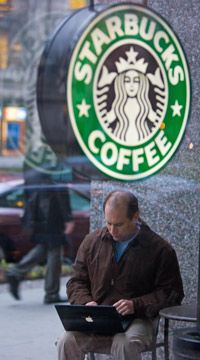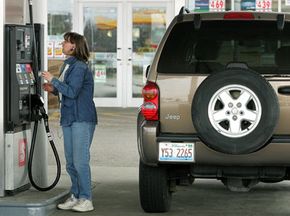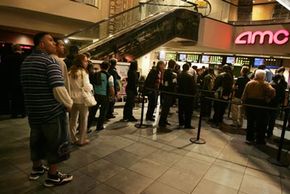Although you may see it as a necessary evil, budgeting is an important part of managing finances. If your budget doesn't balance, you can end up sinking into debt, or worse, losing your house or vehicle -- and your credit. Keeping tabs on your budget can prevent these disasters. It can even help you save more money for the things you want.
The first step in developing a budget is to determine your income. You can use any of the many budget worksheets on the web. There are many resources available, but they all work around the same basic principles: List your income and expenses, and determine whether your income is greater than your expenses.
Advertisement
Once you've listed your income, you need to determine your expenses. There are two types of expenses: fixed expenses and non-fixed expenses. Fixed expenses are those that you can be sure of every month, such as your mortgage or car payment. You can read more about fixed expenses in How Fixed Expenses Work.
Non-fixed expenses are variable expenses that can fluctuate from month-to-month. In this article, we will explore the various types of non-fixed expenses, and how to keep variable spending from breaking your budget. These expenses can be hard to manage because they include both your needs and your wants. Lattes, fast food and new CDs all fall into this category. It can be very frustrating to work hard all week and then feel guilty for stopping to pick up burgers on the way home. But budgeting doesn't mean always denying yourself.
Read on to find out ways to control your non-fixed expenses without giving up all the fun things in your life.
Advertisement


